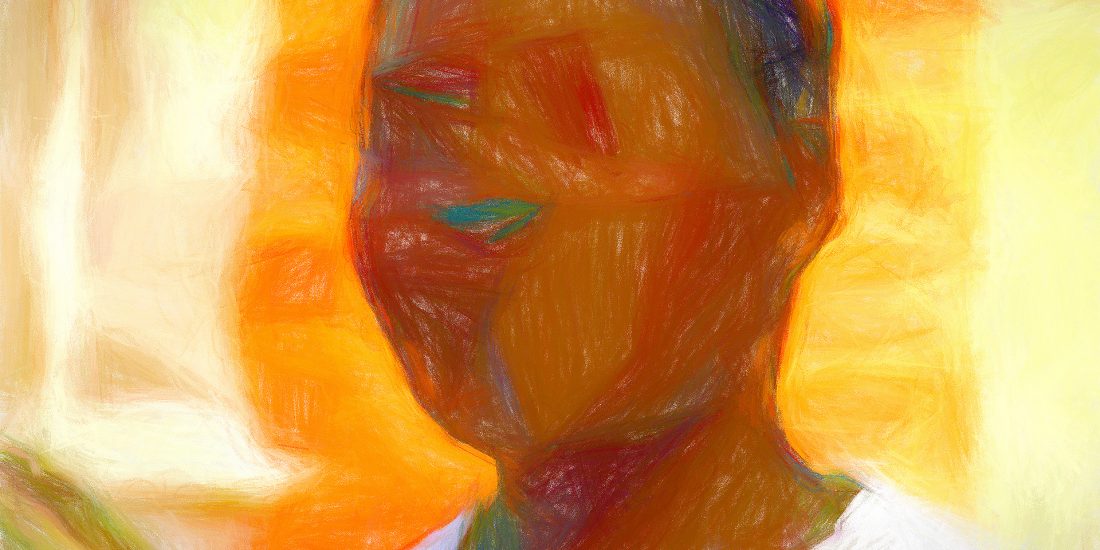For this pre- study, we used four narrative scenarios performed by four actors. The scenarios were scripted based on a range of archival interviews to achieve a strong level of emotional resonance in the content. The shooting conditions were meant to be standardized and repeated for the sake of the exercise, so we chose a standard black background, similar lighting and neutral coloured wardrobe for the actors.
After preparing the interview footage, we performed the standard anonymization technique by pixelating the faces of the actors in Adobe Premiere Pro and used the AI-based anonymization technique on each of the videos. The AI-anonymization technique is described in the previous section.
After preparing both types of anonymized videos, we prepared a preliminary study using crowdsourcing on MTurk. The participants were asked to compare the regular anonymization style with our AI-anonymization technique. After each video, the participants were asked to compare each anonymization style in terms of “feeling empathy towards the interview”, “interview is believable”, “feeling care towards the interview” and “interview is visually engaging”. Participants rated each question using an eight-point likert scale. As a post-questionnaire, participants were asked to rate their preference on the anonymization style as “the media journalists should use”, and asked to fill open-ended questions about what did they liked/disliked about the anonymization styles.
The results showed more of the users prefer AI-style anonymization (18 participants) over the standard anonymization technique (11 participants), where one participant was indifferent. The general concerns of the participants who chose the standard anonymization technique was their fear that the person might be identifiable. The open-ended questions showed that participants usually liked the AI-based anonymization because they felt it is “more human”, “looks more like a person” and they “could see the facial expressions”. The properties they disliked about AI-anonymization is that it felt “more cartoonish”, “looked identifiable” and the style looks “distracting”. Participants commented that the standardized anonymization looked more “realistic”, “completely anonymized” and they disliked it because there were “no facial expressions”, and felt “not human”.
The results are promising in showing that being able to see the facial expressions had a positive effect on the AI-anonymization technique. However, the results also indicate that participants were concerned with whether the videos are sufficiently anonymized and felt the technique could be a bit distracting. In order to address these issues, we will focus on the effect of AI-anonymization based on the salient features of the video, rather than the whole picture and compare it with the current style. Moreover, we would like to focus on the anonymization and make sure that our method provides sufficient anonymization for the individuals. A sampling of response to what they liked of the AI techniques over the regular anonymization included: “showed more facial expression”, “more warm and human”, “made it seem more like a person”, “it’s visually striking and hides the person’s face better”, “I could see facial expressions”, “covers up identity well, affects the whole screen so it’s easier to censor”, “it’s visually engaging and hides the details better. It’s also harder to unscramble”, “I like that you can see more facial expression with this style”.
This pre-study was mainly meant for us to get a sense of direction and how to iterate our design approach. We will take the information from the this pre-study, to iterate our design and implement a new version of the system and do a full study on that work.

